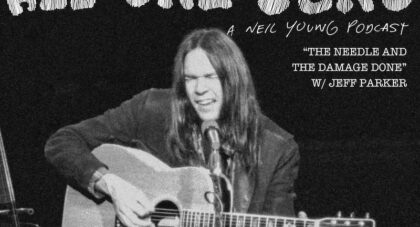In 2020 Erik Hall released his version of Music for 18 Musicians by Steve Reich--the first in a planned trilogy of classical minimalist interpretations by the Chicago musician. This month sees the release of the second installment in the series, Hall's take on Canto Ostinato by the late Dutch composer Simeon ten Holt, an intimate, hour-long solo performance consisting of multitracked grand pianos, electric piano, and organ. For this edition of Diversions, Hall digs into the inspirations behind the series thus far . . .
Only the good shit. Aquarium Drunkard is powered by its patrons. Keep the servers humming and help us continue doing it by pledging your support.
To continue reading, become a member or log in.


